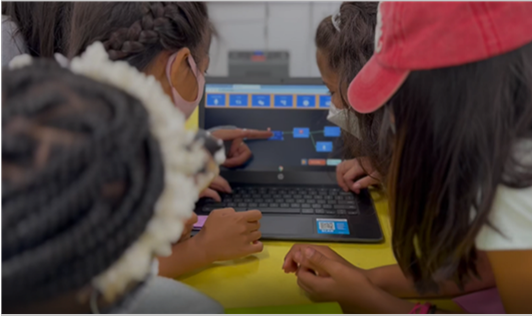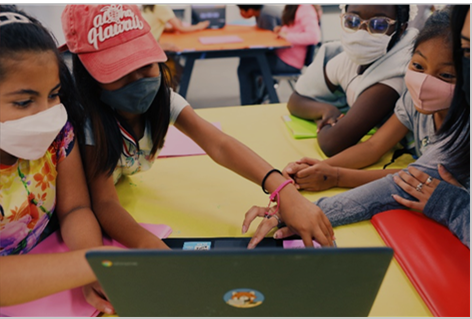Superfun Web Applications to Explore the Science of Sound and Music
By Victor Hugo Minces PhD
Science, music, and technology have tons of connections, from the science of sound, waves and vibrations, to the use of computers to create electronic music.
These connections offer a great opportunity to bring engaging and creative practices to the classroom. For this, a team at the University of California, San Diego, has been developing web applications that allow children to visualize, create, record, modify, edit, program, and play!! with sound. Participating in a program including the applications was shown to greatly engage children and increase their interest in science, and teachers implementing it report that students (and themselves) are very excited about it. The team has also partnered with the San Diego County Office of Education to create curriculum centered on the applications and aligned with the science standards. The curriculum is focused on eighth grade, but the applications and curriculum are engaging across a wide range of ages and subjects, including middle school science, high school physics, music, and elementary instruction.

Children use the web application Mflow, designed by UCSD’s team, to create sound compositions as they learn the basics of computer science.

Recently, the team has released Mflow, a new web-based platform that allows users to create sound compositions while learning the basics of computer programming by recording, concatenating, looping, and triggering sounds. It is designed to be engaging and easy to use from day one for both teachers and children. The team has partnered with the Chula Vista Elementary School District and the San Diego Science Project to develop fourth grade curriculum centered on Mflow and associated with socioemotional learning practices. Data indicates that children are readily able to create compositions and learn the basics of coding, and they love it.

The applications and resources are free and available through the team’s website: www.listeningtowaves.com. They run in the browser so there is no need to install them.
The project is funded by the National Science Foundation, with the team lead by Neuroscientist of music and sound artist Victor Hugo Minces.




